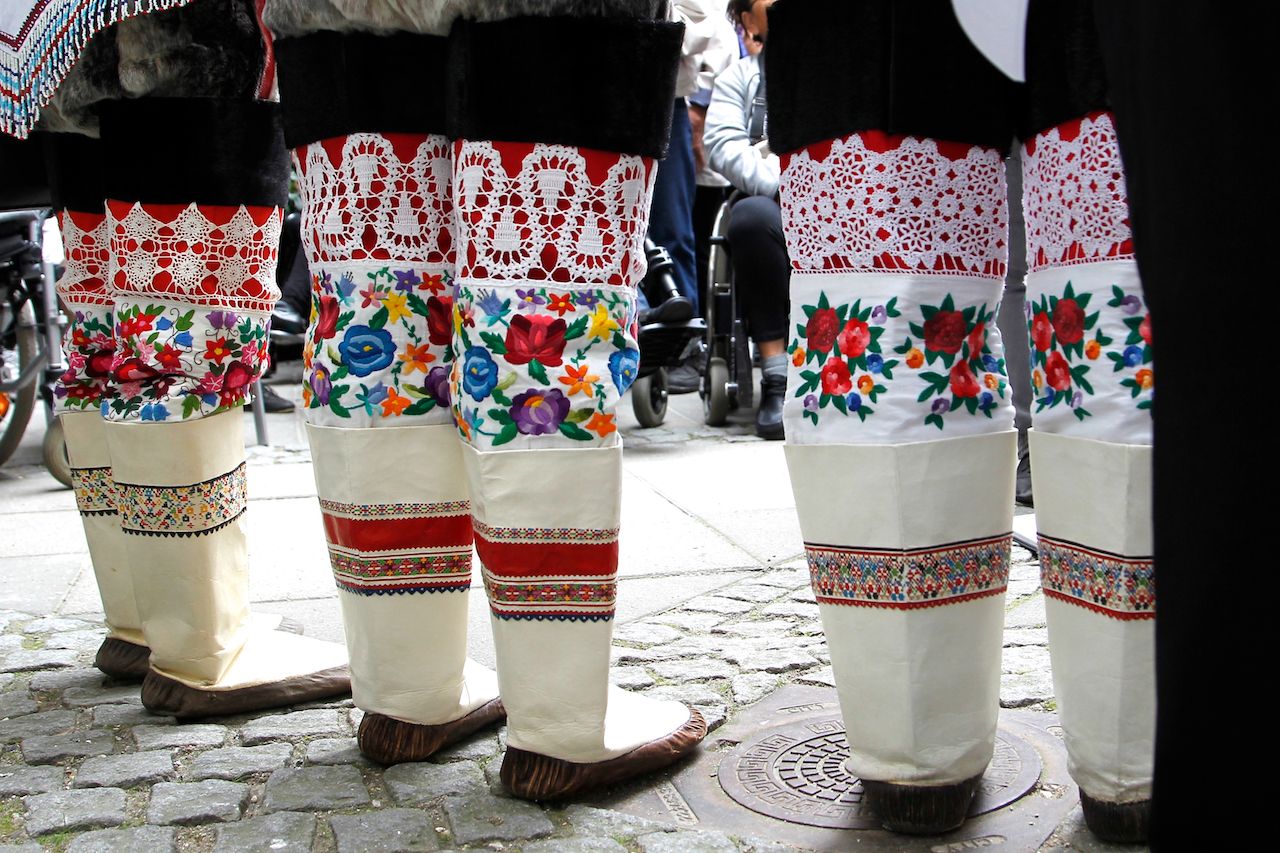Any mention of Greenland may bring to mind a frozen terrain devoid of trees and a dreary landscape, but the reality is entirely different than what our imagination has crafted. Granted the flora is not as brightly hued as what you’d find further south, and the weather is rarely clement. But the nation is far from being uncolored or dull, and the national costume is the best proof there is to sustain this argument.
Greenland’s national dress is incredibly vibrant and intricate. Its unique aesthetic and cultural significance come from a combination of available Arctic raw materials, blended with the effects of colonialism and globalization. Today, Greenlanders work hard to maintain this element of their heritage. Although there is heated controversy regarding the attire’s future, one thing is for sure: The iconic Greenlandic national dress is a work of art that deserves the world’s attention.






